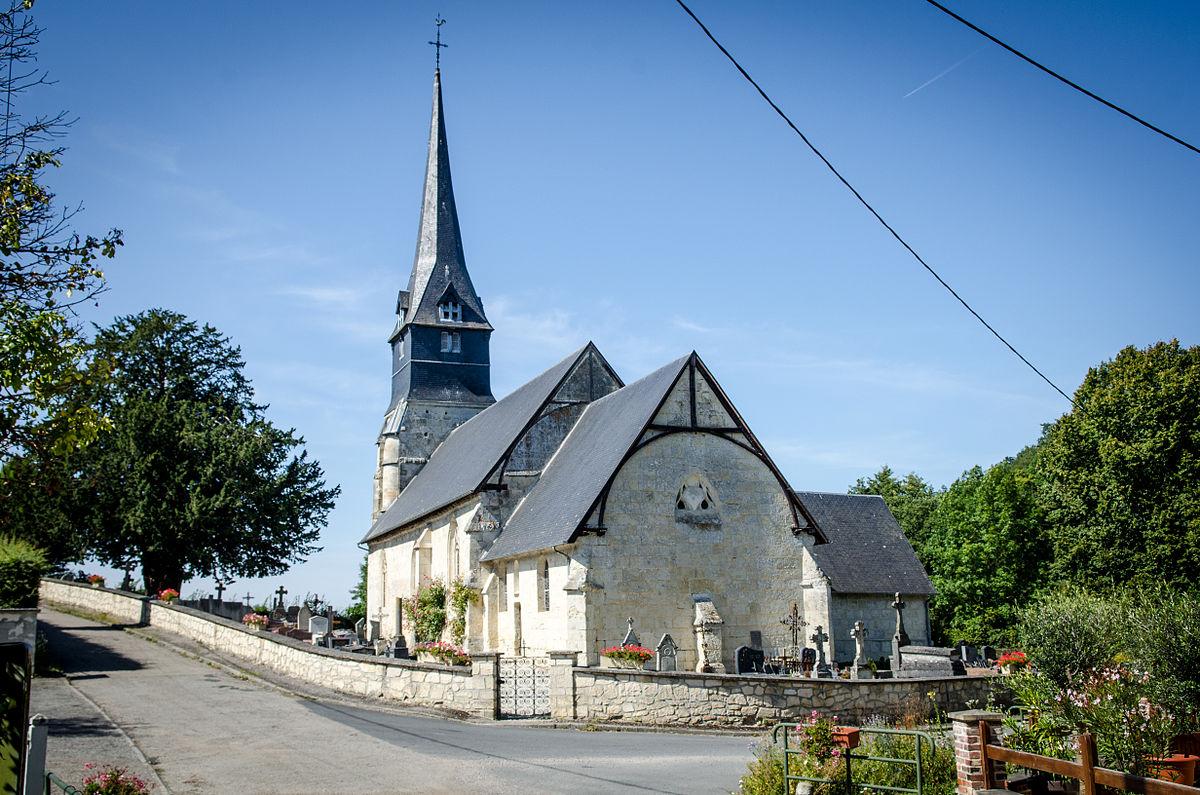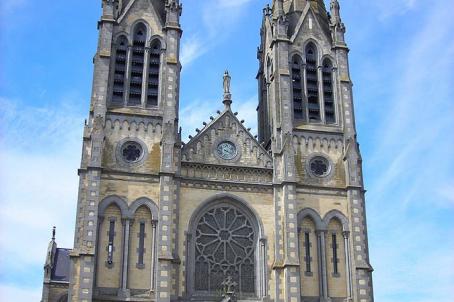Church of Sainte-Marguerite
The Sainte-Marguerite Church, listed as a Historical Monument, is located in Sainte-Marguerite-des-loges, in Normandy. It is representative of four eras: the Middle Ages, the Renaissance, Classicism and the contemporary era. The original church building dates from the 12th century. It was then enlarged in the 15th and 17th centuries. In 1944, during the Normandy invasion, a bomb damaged the stained glass windows and the masonry of the bell tower, which was restored in 1960.
About this building
The Sainte-Marguerite Church, listed as a Historical Monument, is located in Sainte-Marguerite-des-loges, in Normandy. This village church is representative of four eras: the Middle Ages, the Renaissance, Classicism and the contemporary era. The original construction of the church dates from the twelfth century, but the only parts of the building that remains from this period are the lower parts of the nave.
The church was enlarged and enriched from the 15th century with the construction of the choir and the bell tower, the raising of the walls of the nave and the boring of the bays. In the 17th century, a seigniorial chapel was erected on the northern flank of the choir. It later became the sacristy. In 1944, during the Normandy landings, a bomb exploded three hundred meters from the church, causing damage to stained glass windows and masonry bell tower.
The church is composed of a rectangular nave, that is extended by a two bay choir with a flat chevet. It is preceded, on the west, by a belfry, surmounted by an slate steeple, forming a porch. A sacristy leans against the first span north of the choir. Among the furniture, there is a Baroque type Augeron altarpiece.
The adjoining cemetery is home to the RAF Airmen Memorial from Southern Rhodesia, who fell during the Second World War.






